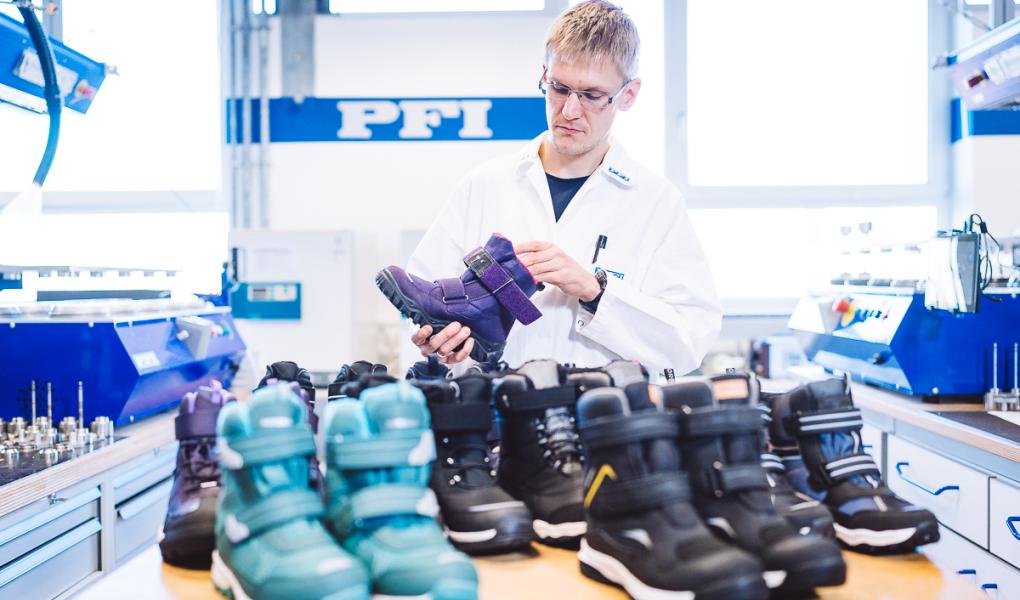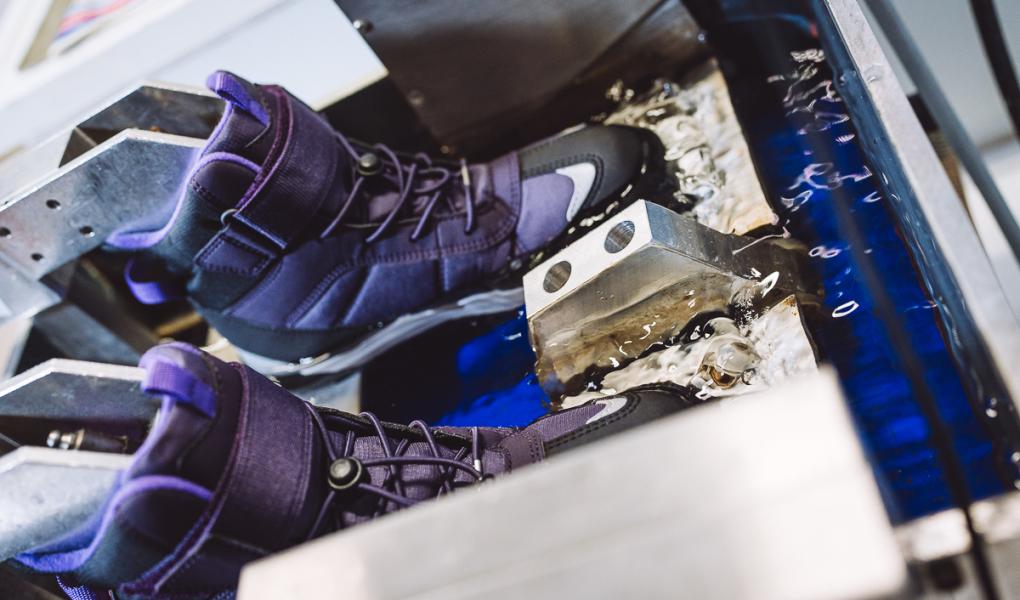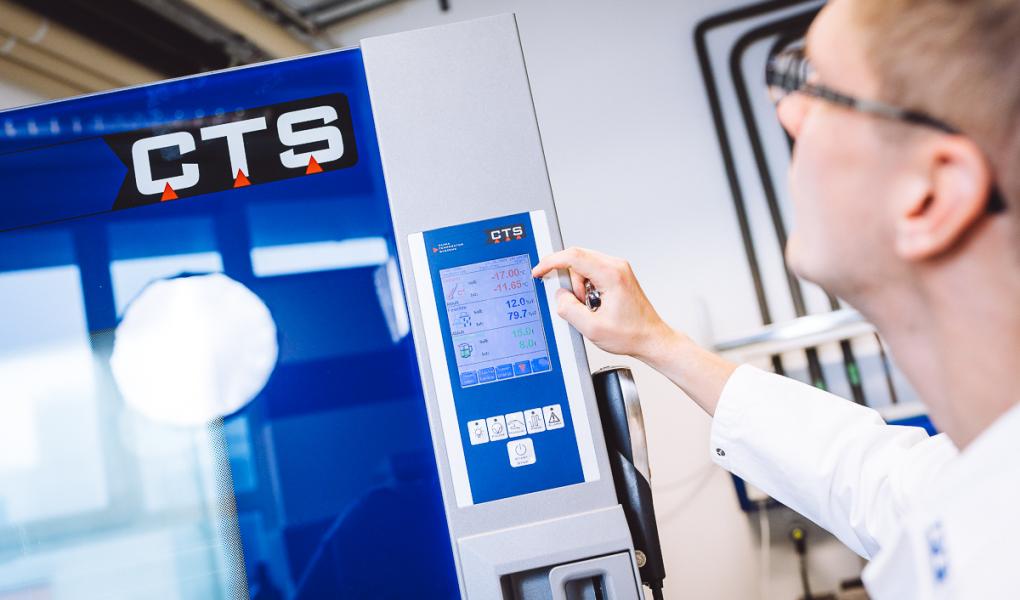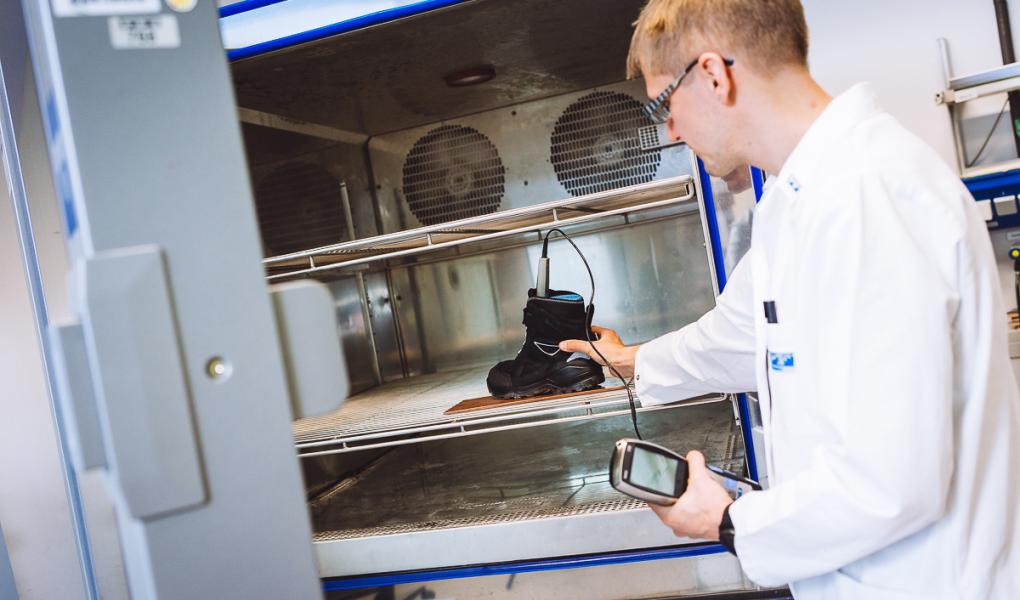As the weather becomes colder and wetter, it’s time for all parents to consider whether last year’s winter boots still work, or if it’s time for new ones. Everyone wants their children to have comfortable boots that keep out slush, retain warmth, and are easy to dry. A winter boot should be waterproof and breathable to allow foot moisture (sweat) to escape. It should also be insulated so that feet and toes stay warm. Reflective elements – for example on the heel or toe – are also good, as are high shafts to resist splashes and snow. The boots should not be too small; extra space around the foot helps retain warmth inside.
But finding the right boot isn't easy. The market for children’s footwear is vast, with big differences in quality and price. It’s important to know what to look for. First, consider how the boots will be used. Preschoolers spend hours outside and need durable, warm boots. Often, boots are removed when coming indoors, giving them a chance to dry. Older schoolchildren may have to wear their boots all day – even indoors – making breathability extra important.
Testfakta commissioned the independent German lab PFI to conduct a comparative test of nine pairs of children's and youth winter boots sold in Sweden in sizes 30–40. The results show major differences in waterproofness, insulation, breathability, and drying time.
One key component is the membrane – a durable, super-thin film between the outer material and lining that keeps water out. The membrane should be taped at the edges near the tongue and sole, where water often seeps in if seams aren’t sealed. To test waterproofness, the lab mounts the boot on an artificial foot and simulates walking in water just above the sole level – like stepping in puddles or slush. A sensor automatically signals when the inside of the boot becomes wet.
Three boots passed over 100,000 steps with no problem: Ecco, Tretorn, and Nordbjørn. Only Tretorn stayed dry past 200,000 steps, thanks to its natural rubber exterior. Viking and Lejon didn’t even reach 20,000 steps before leaking. Most boots leaked near the insole, where they bend during walking.
[PDF]
– “Water ingress can have various causes – inferior membranes, improper assembly, damage, or poorly sealed seams,” explains Kai Tinschert, test manager at PFI.
When a child’s socks get wet, it’s easy to assume the boots are leaking. But it might just be poor breathability. A good membrane doesn’t just keep water out – it also releases vapor from the inside. The microscopic pores in the membrane let sweat (in vapor form) escape, while blocking larger water molecules from outside. This is what it means for a boot to "breathe".
Superfit had the best breathability: 67 mg of moisture/cm²/day, followed by Ecco and Kavat. Nordbjørn performed worst, with only 2 mg/cm²/day. Low breathability was also recorded for Tretorn (5), Linear (5), Lejon (14), and Leaf (12).
The lab also measured heat insulation by recording internal temperature drop after 30 minutes at –17 °C. Ecco lost the least heat (4.5°C), while Tretorn lost the most (8.3°C).
– “All models, however, are within the ISO safety shoe standard, which allows up to 10°C drop in 30 minutes,” says Tinschert.
Drying time was another key metric – with large differences. After spraying the boots inside with water, Ecco, Superfit, Nordbjørn, and Kavat were dry after 7 days. Linear, Lejon, and Leaf took more than 11 days. Since one can’t always wait that long, proper drying technique is crucial. Avoid drying cabinets – moisture can get trapped. Open the boots fully, remove insoles, and place them on a radiator or floor heating. An electric boot dryer also works well.
Summary:
Ecco received the highest overall rating – it stays dry, breathes well, insulates effectively, and dries relatively fast. Linear, Lejon, and Leaf ranked lowest – they let water in quickly and don’t release internal moisture, leaving them damp after short outdoor use.






